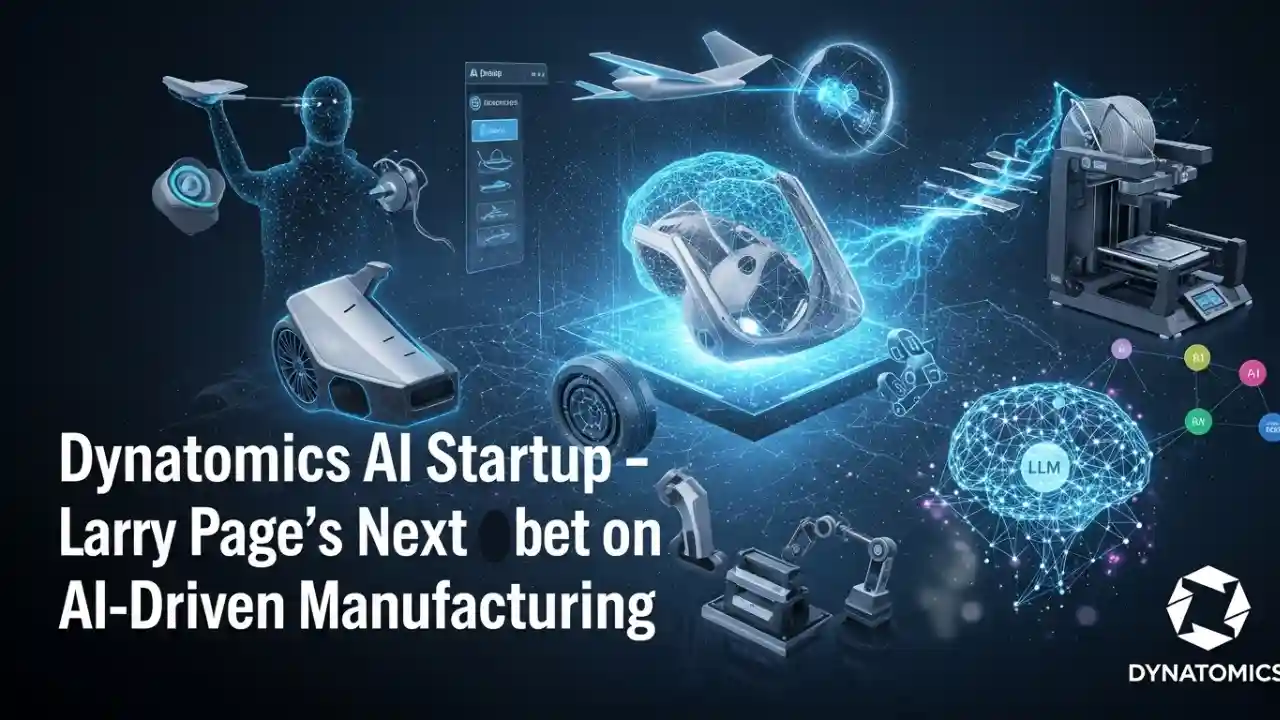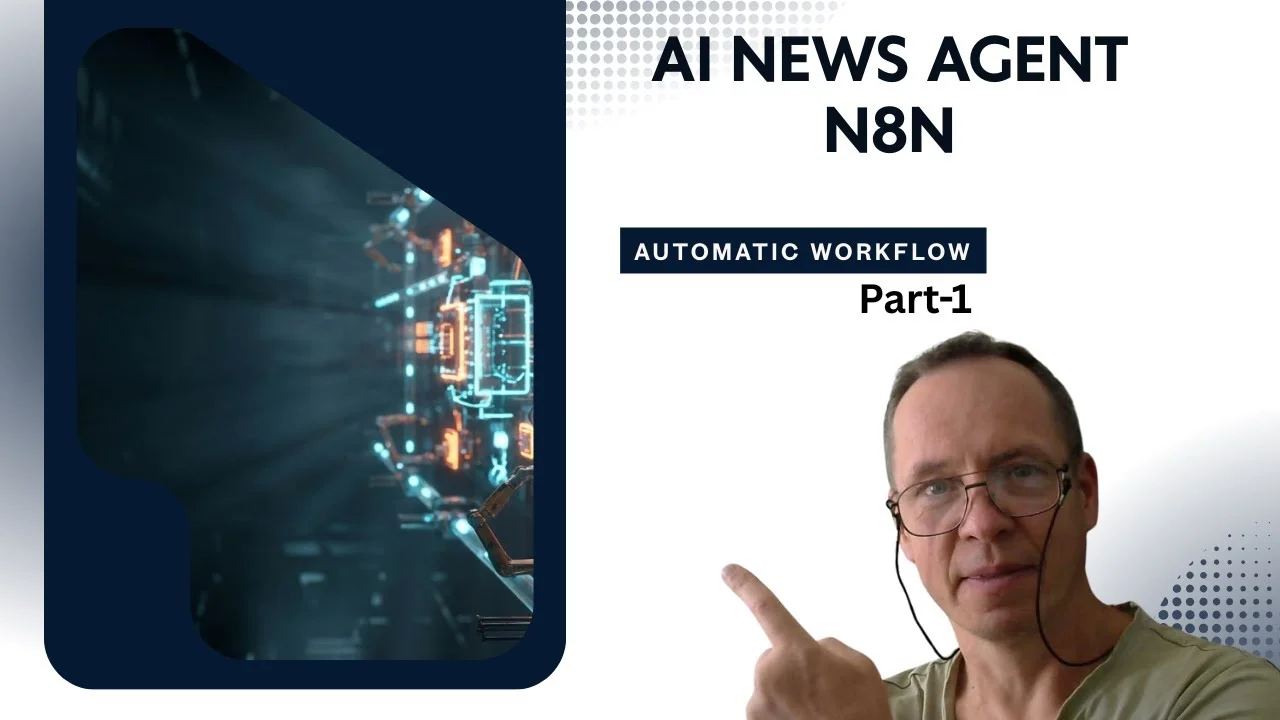Larry Page's AI Manufacturing Startup Dynatomics: What It Means for the Industry
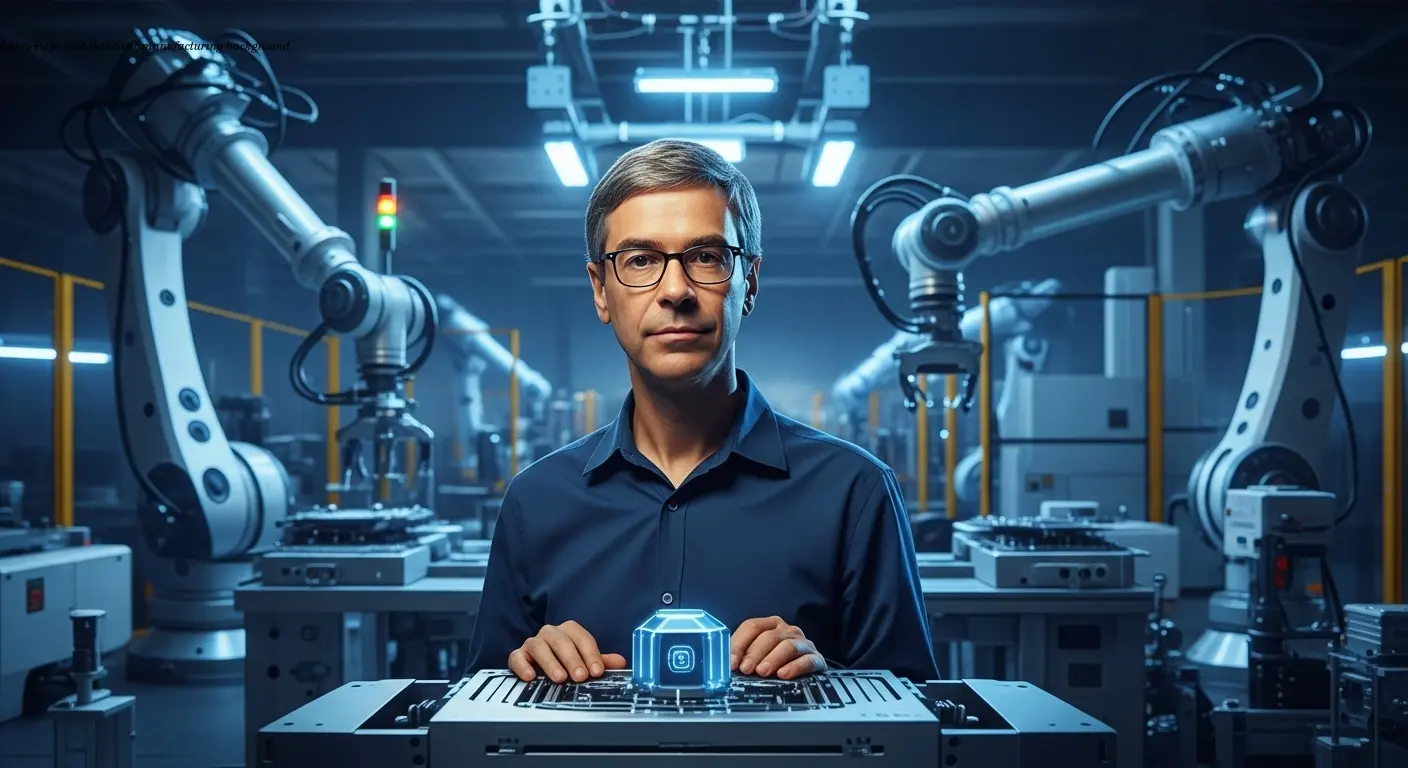
Estimated reading time: 9 minutes
Key Takeaways
- Larry Page's Return: Google co-founder Larry Page has launched Dynatomics, a stealth AI startup focused on optimizing manufacturing design
- Leadership Team: Chris Anderson, former CTO of the defunct eVTOL startup Kitty Hawk, leads the company as CEO
- Mission Focus: Dynatomics uses AI to create more efficient designs for manufactured goods, targeting waste reduction and improved production
- Stealth Mode: The company operates with minimal public information, maintaining secrecy around its specific technologies and timeline
- Market Position: Positioned to compete in the growing AI manufacturing space, differentiating from robotics-focused competitors
Table of Contents
The Genesis of Dynatomics: Larry Page's Manufacturing Vision
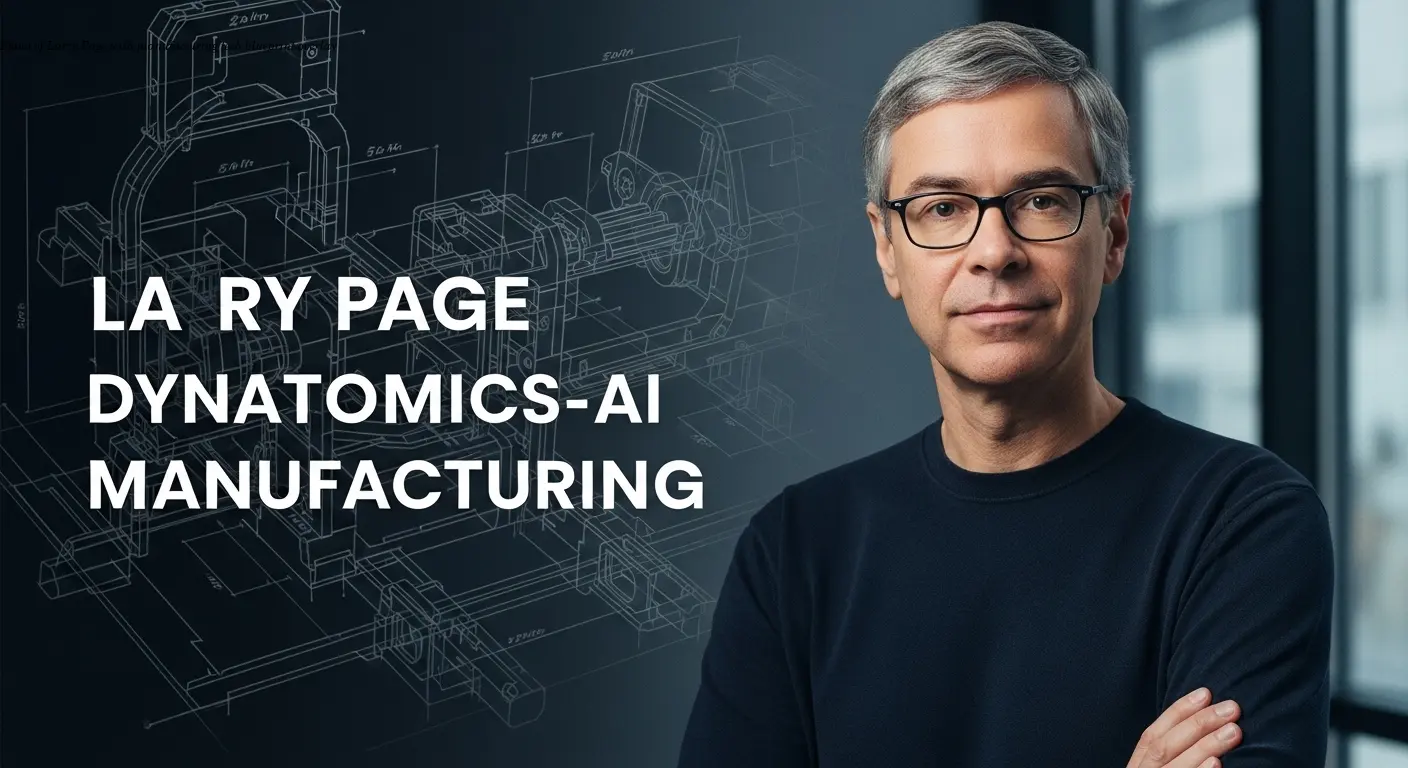
Larry Page has never been one to shy away from ambitious projects, and Dynatomics represents his latest bet on transforming entire industries through artificial intelligence. After stepping back from day-to-day operations at Alphabet, Page has quietly been building this stealth startup that aims to revolutionize how we design and manufacture physical goods.
What makes this particularly interesting is Page's track record of identifying technologies before they become mainstream. I've watched countless AI startups emerge over the years, but having someone with Page's resources and vision behind Dynatomics suggests this isn't just another AI company trying to find its niche. The startup's focus on manufacturing optimization comes at a time when supply chains are under pressure and companies desperately need more efficient production methods.
The timing couldn't be better for a company like Dynatomics. Manufacturing has traditionally been slow to adopt new technologies compared to software industries, but the pandemic exposed just how fragile our production systems can be. Page seems to recognize that AI-driven design optimization could be the key to building more resilient and efficient manufacturing processes.
What's particularly noteworthy is that Page isn't just providing funding - he's actively involved as a co-founder. This hands-on approach suggests he sees Dynatomics as more than just an investment opportunity; he views it as a chance to create another paradigm-shifting technology company.
Chris Anderson's Leadership: From Flying Cars to AI Manufacturing

Chris Anderson brings a unique perspective to Dynatomics as CEO, having previously served as CTO of Kitty Hawk, Larry Page's ambitious flying car venture that shuttered in 2022. While some might view Kitty Hawk's closure as a failure, Anderson's experience there actually provides valuable insights for Dynatomics.
At Kitty Hawk, Anderson dealt with the complexities of designing and manufacturing physical products that had to meet strict safety and regulatory requirements. That experience translating cutting-edge technology into real-world products is exactly what Dynatomics needs as it attempts to optimize manufacturing design through AI. Anderson understands the gap between theoretical possibilities and practical implementation better than most.
I've seen many AI startups struggle because their founders come from purely software backgrounds and underestimate the challenges of working with physical products. Anderson's engineering background and hands-on experience with hardware development gives Dynatomics a significant advantage in understanding how AI can actually improve manufacturing processes rather than just theorizing about it.
The partnership between Page and Anderson also reflects a pattern we often see in successful AI companies - combining visionary leadership with practical engineering expertise. Page brings the resources, vision, and strategic thinking, while Anderson provides the technical leadership and operational experience needed to turn ambitious ideas into working products.
AI-Driven Design Optimization: The Core Technology
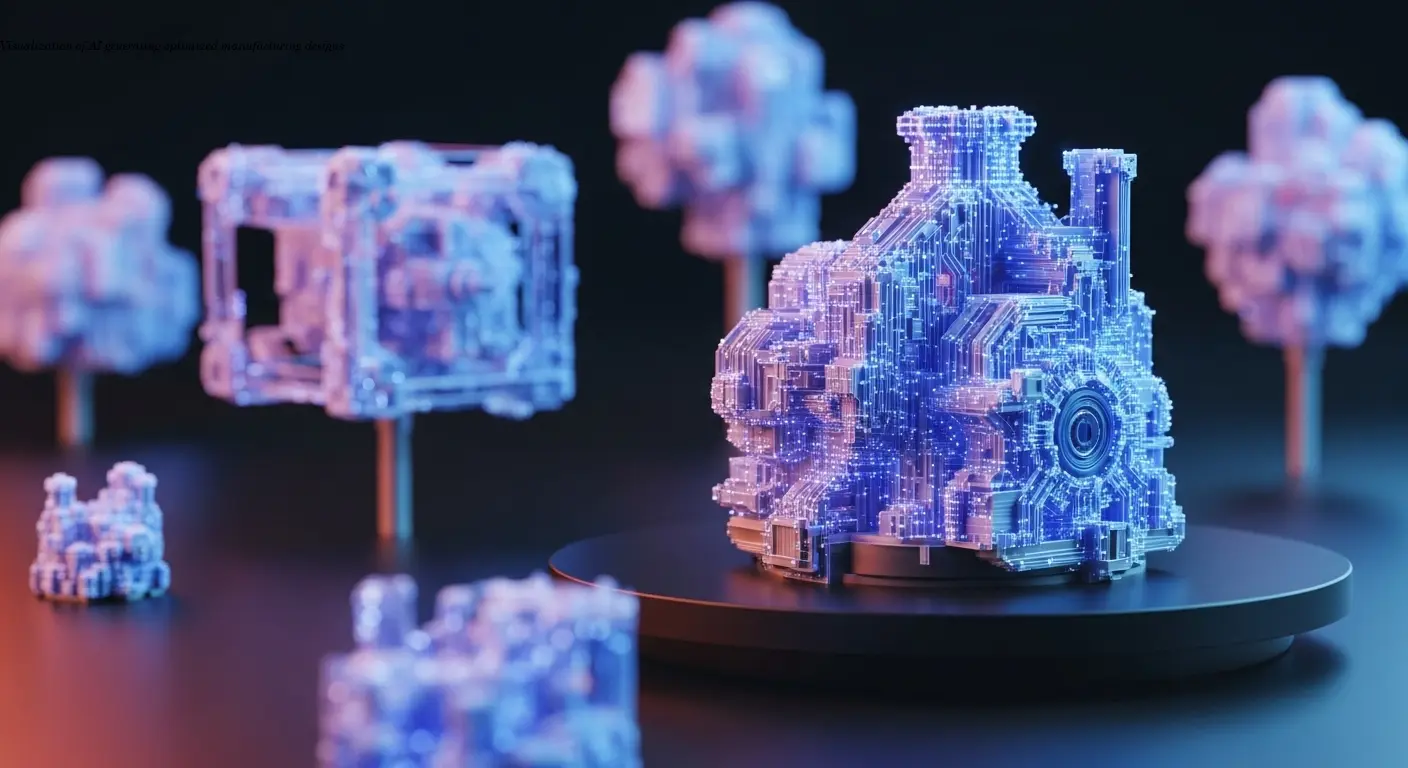
While Dynatomics remains secretive about its specific technological approach, the company's mission centers on using artificial intelligence to generate optimized designs for manufactured goods. This represents a fascinating application of generative AI that goes far beyond the chatbots and content creation tools most people associate with AI today.
The concept of AI-driven design optimization isn't entirely new, but it's gained significant momentum recently. Traditional design processes rely heavily on human intuition and iterative testing, which can be time-consuming and may miss optimal solutions. AI systems can analyze thousands of design variations simultaneously, considering factors like material usage, structural integrity, and manufacturing efficiency that human designers might overlook.
Many of the same principles apply to AI customer support professionals. Just as Dynatomics optimizes physical product designs, AI customer support systems optimize interaction patterns and response strategies.
The manufacturing focus also addresses real business pain points. Companies waste enormous amounts of material and time due to inefficient designs that could be improved through AI analysis. If Dynatomics can demonstrate significant improvements in these areas, it could accelerate adoption of AI across manufacturing industries much faster than we've seen in other sectors.
Market Competition and Positioning Strategy
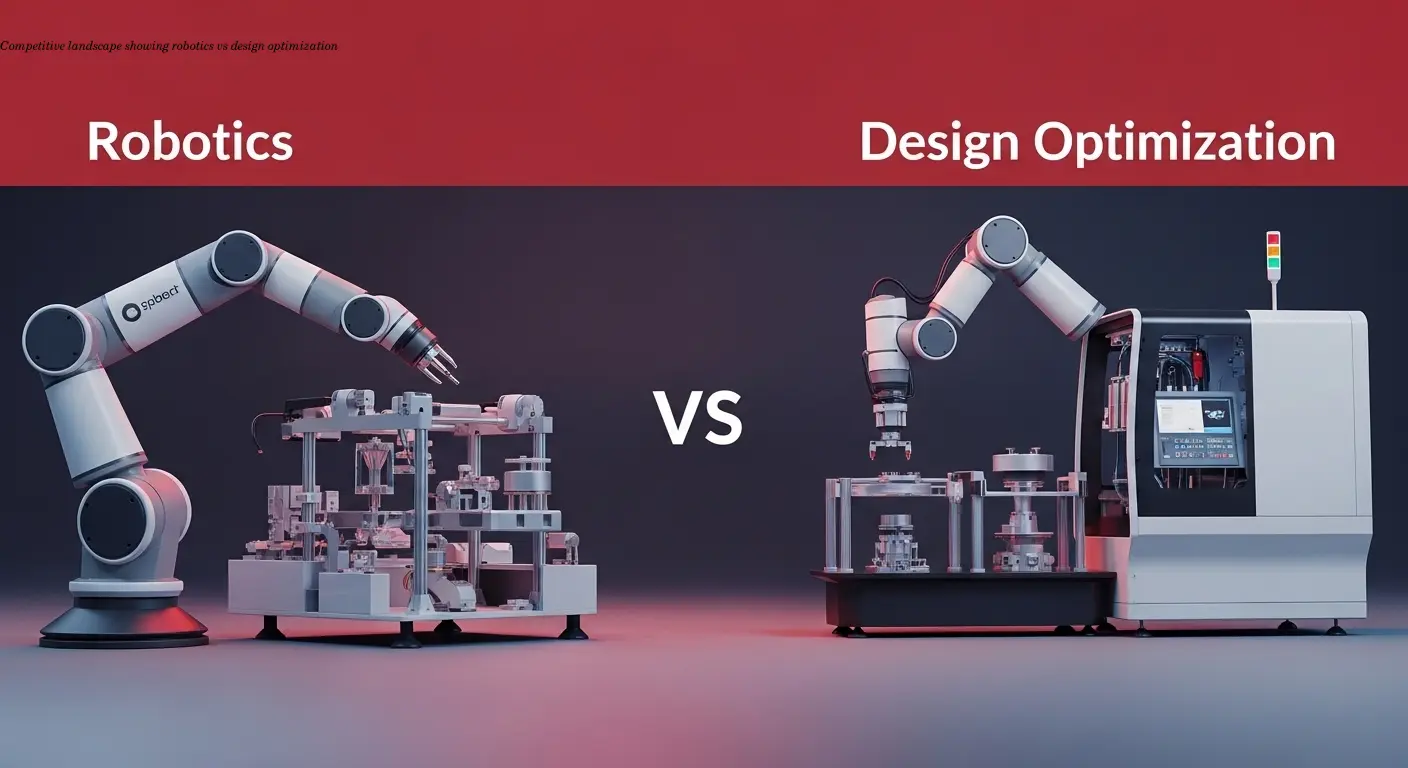
The AI manufacturing space is becoming increasingly crowded, with established players like Boston Dynamics focusing on robotics and automation solutions. However, Dynatomics appears to be positioning itself differently by concentrating specifically on the design phase rather than the production execution.
This strategic positioning makes sense when you consider the broader manufacturing ecosystem. While robotics companies focus on how to build things more efficiently, Dynatomics is asking a more fundamental question: how do we design things that are inherently more efficient to build? It's a subtle but important distinction that could give the company a unique competitive advantage.
From my experience working with AI implementations in customer service, I've learned that the most successful AI applications often focus on solving specific, well-defined problems rather than trying to replace entire systems. Dynatomics seems to be taking a similar approach by targeting design optimization rather than attempting to revolutionize all aspects of manufacturing.
The company's stealth mode strategy also makes sense given the competitive landscape. By keeping its specific technologies and approaches secret, Dynatomics can develop its solutions without telegraphing its strategy to competitors. This approach has worked well for other AI startups that needed time to build defensible technology before facing market competition.
What's particularly interesting is how this positioning could complement rather than compete with existing automation companies. A manufacturer could potentially use Dynatomics for design optimization and then implement those designs using robotics solutions from other providers.
The Stealth Mode Strategy: Maintaining Competitive Secrecy

Dynatomics has maintained an unusually low profile for a startup backed by someone as prominent as Larry Page. The company's website offers minimal information, simply stating that they're "working on something new." This level of secrecy is deliberate and strategic, reflecting lessons learned from previous high-profile technology ventures.
Operating in stealth mode allows Dynatomics to develop its technology without constant scrutiny from competitors, media, and potential customers who might have unrealistic expectations about timelines. I've seen too many AI startups announce ambitious plans early only to struggle with the gap between expectations and reality as they work through technical challenges.
The secrecy also protects intellectual property and competitive advantages that could be crucial for Dynatomics' success. Manufacturing optimization algorithms and design processes could represent significant trade secrets that lose value if competitors can reverse-engineer them from public information.
However, stealth mode does create challenges for talent acquisition and customer development. Without being able to discuss specific applications or demonstrate working prototypes, it's harder to attract top engineering talent and validate market demand. The fact that Dynatomics is reportedly hiring suggests they're balancing secrecy with the need to build their team.
This approach reflects a mature understanding of how to build technology companies in competitive markets. Rather than seeking publicity for its own sake, Dynatomics appears focused on building substantial value before revealing its hand.
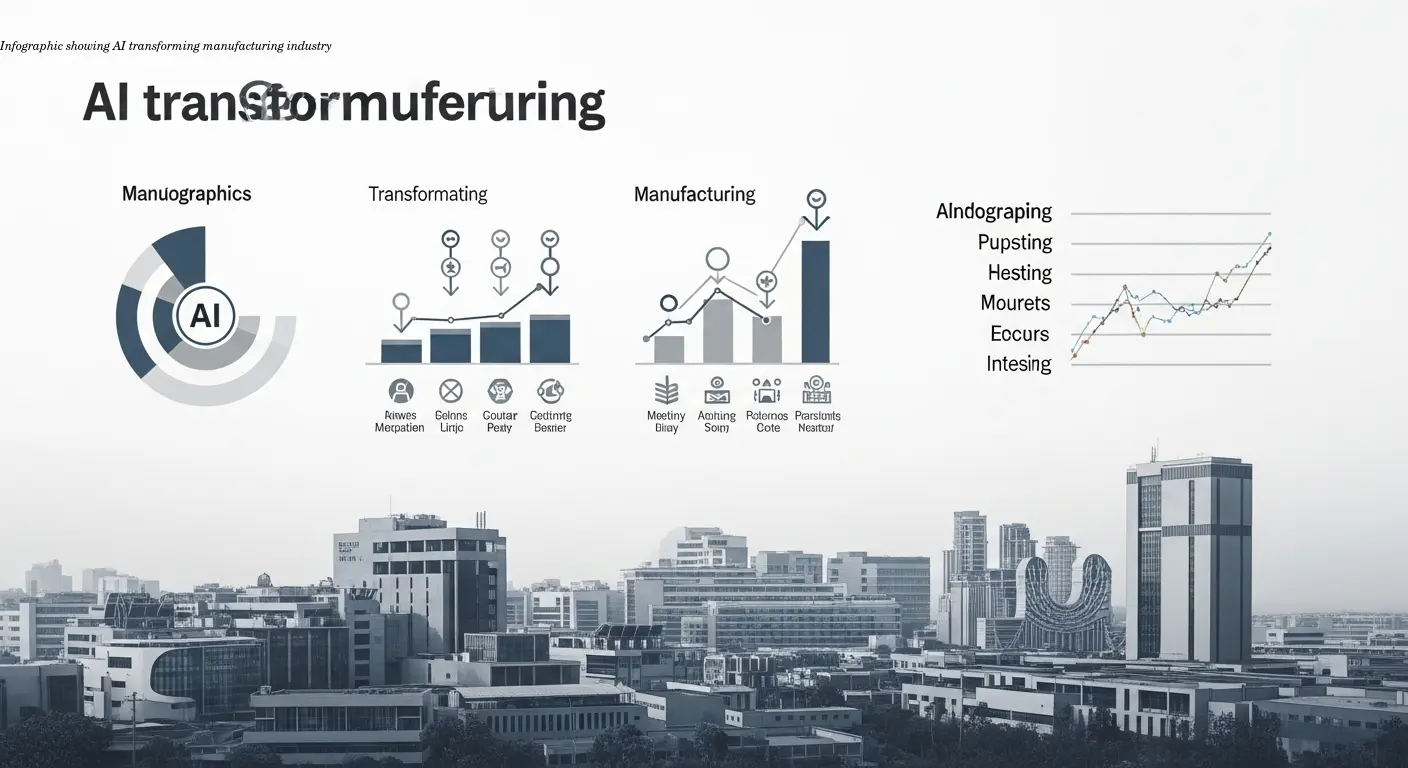
If successful, Dynatomics could represent a significant shift in how physical products are designed and manufactured. The potential for AI to identify design optimizations that human engineers miss could lead to more efficient use of materials, reduced production costs, and faster time-to-market for new products.
The broader implications extend beyond manufacturing efficiency. Better-designed products could be more sustainable, using fewer resources and creating less waste throughout their lifecycle. This environmental impact could become increasingly important as companies face pressure to reduce their carbon footprint and operate more sustainably.
From a competitive standpoint, manufacturers who adopt AI-driven design optimization early could gain significant advantages over competitors using traditional design methods. This dynamic often drives rapid technology adoption once early adopters demonstrate clear benefits.
What's particularly interesting is how this technology could democratize good design. Smaller manufacturers without access to top design talent might be able to compete more effectively with larger companies if AI can help them create better products. This could lead to more innovation and competition across manufacturing industries.
The customer support implications are also worth considering. Better-designed products typically require less customer support, creating a virtuous cycle where AI improves both the product design process and reduces the support burden after products reach customers.
Challenges and Realistic Expectations

Despite the excitement around Dynatomics, the company faces significant challenges that shouldn't be underestimated. Manufacturing optimization is incredibly complex, involving physics, materials science, and production constraints that can be difficult for AI systems to fully understand and model.
One major challenge is validation and trust. Manufacturers need to be confident that AI-generated designs will actually work in real-world production environments before they invest in retooling their processes. This means Dynatomics will need to demonstrate not just theoretical improvements but practical results that translate to actual production lines.
Regulatory requirements add another layer of complexity, particularly for products in highly regulated industries like aerospace or medical devices. AI-optimized designs still need to meet all relevant safety and performance standards, which could limit the degree of optimization possible in some cases.
Integration with existing design and manufacturing workflows also presents challenges. Most manufacturers have established processes and systems that would need to accommodate AI-generated designs. The company will need to make its solutions compatible with existing tools and workflows rather than requiring complete system overhauls.
There's also the question of whether AI-optimized designs can be effectively communicated to human engineers and manufacturers who need to understand and implement them. The best design optimization won't help if production teams can't execute it reliably.
Future Outlook and Timeline Expectations
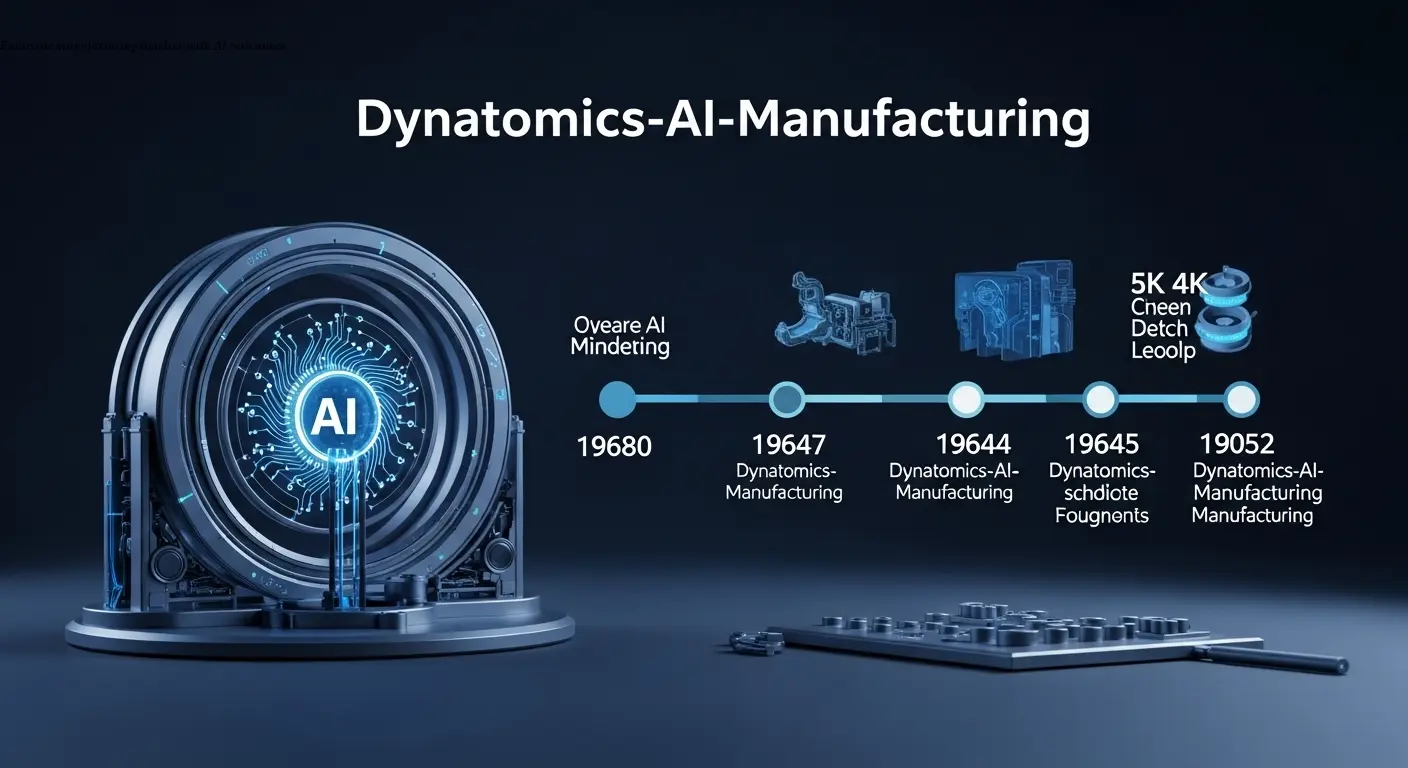
Based on the limited information available and typical AI startup development cycles, Dynatomics likely has several more years of development before launching commercial products. Building robust AI systems for manufacturing optimization requires extensive testing and validation that simply takes time.
The company will probably follow a phased approach, starting with simpler design optimization problems before tackling more complex manufacturing challenges. This allows them to demonstrate value while building the trust and validation needed for broader adoption.
Industry partnerships will be crucial for Dynatomics' success. The company will need to work closely with manufacturers to understand real-world constraints and validate their solutions in actual production environments. These relationships take time to develop but are essential for creating products that actually solve meaningful problems.
Given Larry Page's involvement and resources, Dynatomics has the luxury of taking a longer-term view rather than rushing to market with incomplete solutions. This patient approach could ultimately lead to more robust and valuable technology, but it also means we shouldn't expect immediate breakthroughs.
The broader AI manufacturing market continues to evolve rapidly, which creates both opportunities and challenges for Dynatomics. The company needs to move fast enough to stay relevant while taking the time necessary to build truly superior solutions.
FAQ
Dynatomics uses artificial intelligence to optimize the design of manufactured goods, aiming to reduce waste and improve production efficiency through AI-generated design solutions.
Larry Page, co-founder of Google, established Dynatomics with Chris Anderson (former CTO of Kitty Hawk) serving as CEO.
Dynatomics maintains secrecy to protect intellectual property, avoid premature expectations, and develop technology without telegraphing strategy to competitors.
Unlike robotics-focused competitors, Dynatomics concentrates specifically on design optimization rather than production automation or robotics.
No official timeline has been announced, but typical AI startup development cycles suggest several years of additional development before commercial launch.
Any manufacturing industry that designs physical products could potentially benefit, including automotive, aerospace, consumer goods, and industrial equipment.
Yes, Page is listed as a co-founder and appears to be actively involved rather than serving as just an investor or advisor.
